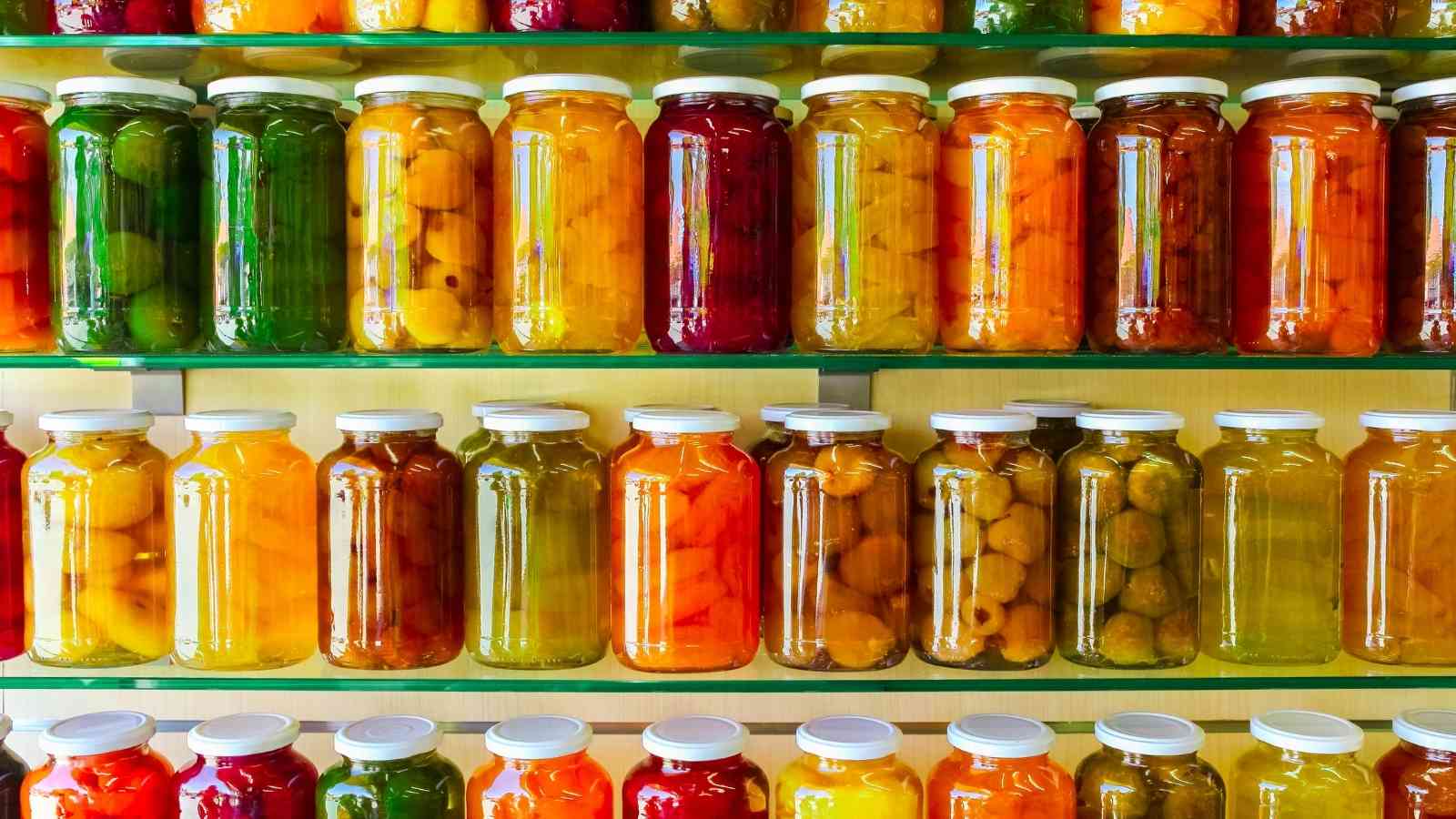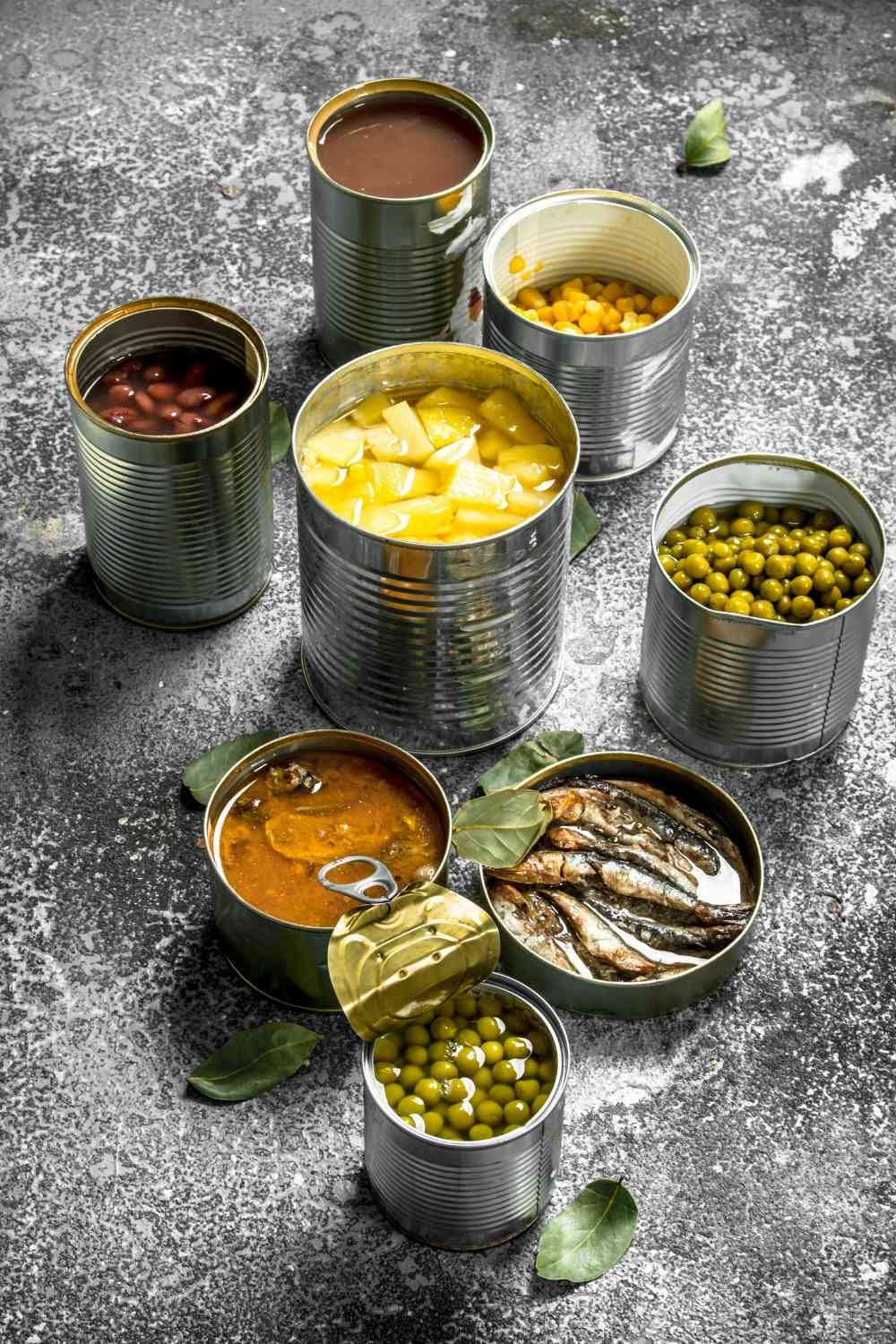Everyone has had the experience of reaching into the back of the cabinet for a can of food and wondering whether it's still edible. I'm curious as to how long it's been there. And how much time is too much time? Is it true that canned food has an expiration date?
These are important questions to ask, and since eating bad food may make you and your family sick, you should know what you're doing before reaching for the can opener.

What is the Process of Canning?
Canning is a method of food preservation that includes boiling food in a container to kill microorganisms, resulting in a vacuum effect that removes oxygen from the container. Bacteria cannot exist or replicate without oxygen. Canned food is safe to consume as long as the can is sealed. Indeed, 100-year-old canned meals discovered in a shipwreck were analyzed and determined to be free of any evidence of microbial development.
Food Quality vs. Food Safety: What's the Difference?
What do the so-called expiry dates placed on commercially canned goods imply if properly stored items survive indefinitely?
Those dates, often known as use-by or sell-by dates, turn out to have nothing to do with food safety. Instead, they show the dates by which the food's quality, freshness, or nutritional value is expected to deteriorate. So, despite the fact that the cans from the shipwreck showed no symptoms of bacterial degradation, they had lost their fresh scent and look, as well as a significant portion of their contents, notably vitamin content (although protein and mineral content remained unchanged).
In other words, canned goods beyond their expiration dates are still safe to consume, but they may not smell or taste as nice, and some of their nutrients may have been lost.
Foods with a High Acidity vs. Foods with a Low Acidity
If you're acquainted with food preservation in general, you're surely aware that acid is one of the elements that regulates the development of bacteria that cause food deterioration and food poisoning. The more acidic the meal, the less bacterial growth it will support. Acid is typically a positive thing when it comes to spoiling, therefore acids are occasionally added to canned goods as an extra preservative.

When it comes to shelf-life, high acid foods like canned tomatoes, fruits, juices, and pickled foods have a shorter shelf-life than low acid foods such as canned meats, pasta, vegetables, soups, and stews, as assessed by their use-by dates.
Canned low-acid foods have a shelf life of 2 to 5 years, but high-acid foods only have a shelf life of 12 to 18 months.
The rules are significantly stringent when it comes to home-canned meals. Home-canned goods have a 12-month shelf life, according to the USDA.
How to Keep Canned Foods Safe
Canned goods should be kept in a cold, dry area, such as a pantry or cabinets that are not exposed to excessive temperatures, such as those above or next to a stove. Temperature and moisture extremes, which result in heat and rust, respectively, may affect the quality and occasionally the safety of canned goods.
Any unused pieces of canned food should be moved to a storage container, covered, and kept in the refrigerator once opened. High-acid meals will keep in the fridge for 5 to 7 days, whereas low-acid foods will keep for 3 to 5 days.
Is it True That Canned Food Goes Bad?
Although it is uncommon, commercially canned food may spoil. When this occurs, there are usually visible indicators, such as leaks, dents, corrosion, or swelling.
Small dents in cans are OK, but if the dent is deep enough for you to put your finger into it, the can should be thrown. A significant puncture might develop a crack in the can, allowing air and germs to enter and destroy the food.

Rusty cans are the same way. It's great if you can wipe the rust off the can; but, if the rust is significant, the can's walls may have rusted to the point where germs might enter. So, if you can't remove the rust from the can, toss it out.
As previously stated, the canning process excludes oxygen to prevent germs from growing. Botulism toxin is the only bacterial exception. It's made by a spore that can live in the absence of oxygen, such as in a vacuum-sealed container. Botulism is a poison that may cause life-threatening sickness. Fortunately, it's a very unusual occurrence.
The good news is that the botulinum bacterium creates gas, which causes cans to expand. This is a strong indication of a botulism infection. Overall, bulging cans indicate that the food within is unsafe and that the can should be thrown without being opened, regardless of the reason.
Foods that have been exposed to extremes of temperature, either hot or cold, may have quality and safety difficulties. Cans that are exposed to temperatures over 100 degrees Fahrenheit may spoil. Similarly, cans that have been frozen and then thawed may be hazardous. Furthermore, when a can freezes, the contents may expand, and because the swelling is an indication of botulism infection, such cans should be thrown away.
Even if the can is in fine condition, don't risk it if the food inside looks or smells rotten. Also, do not taste the contents to ensure that they are safe. When it comes to canned goods, it's important to recall the age-old adage "throw it away when in doubt."




